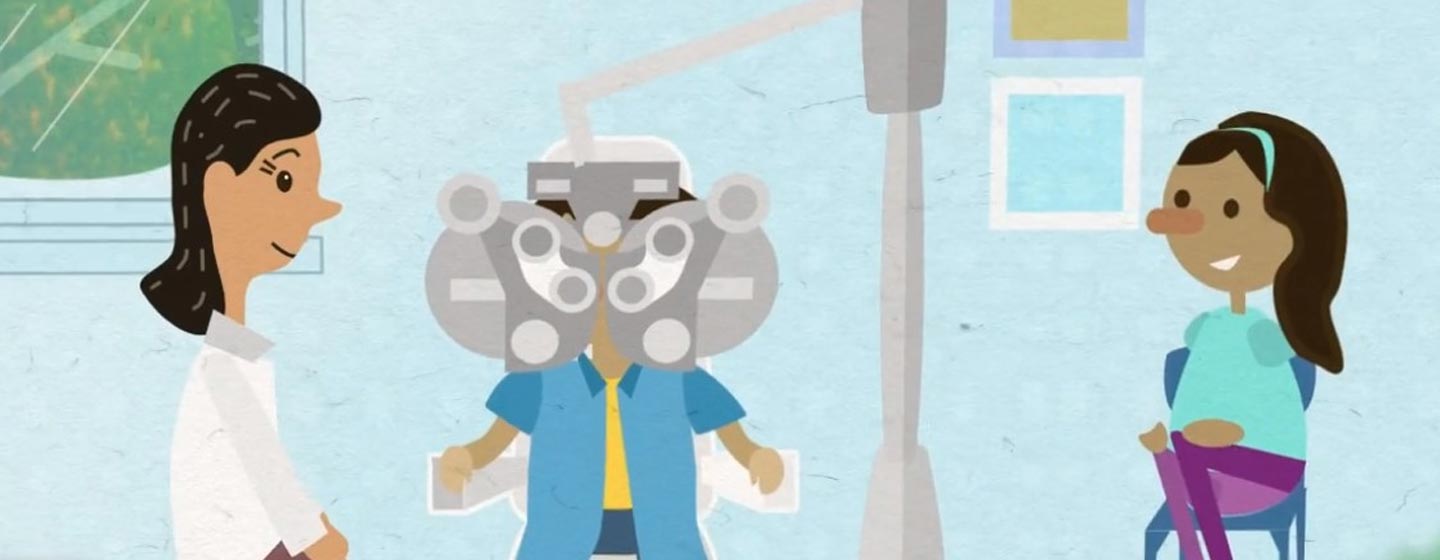This growing childhood epidemic offers opportunities for practices and patients
One of the fastest growing opportunities for eye care practitioners (ECPs) is myopia control. Myopia, or nearsightedness, is increasing at an alarming rate, especially in children.
It is estimated that myopia affects over 2 billion people in the world. Often caused by increased time indoors and on screens, myopia impacts nearly half of all young adults in the U.S. and Europe. And that’s pre-COVID data; as you can imagine, the risk has only increased during the COVID era due to months-long lockdowns and online learning.
Parents concerned about their children’s risks of myopia are seeking information and solutions to this vision-threatening condition.
The long-term risks of high myopia
In my experience, what has motivated parents to seek treatment for their children are the long-term risks related to high myopia, which include myopic macular degeneration (MMD), retinoschisis, choroidal neovascularization, paravascular inner retinal cleavage, lamellar holes, macular holes, retinal detachments, glaucoma and cataracts. All of this is due to an elongated eye. So myopia control, which prevents elongation, reduces or eliminates these potentially blinding risks.
Long-term potentially blinding risks of high myopia include glaucoma, cataracts, retinal holes and tears, and macular degeneration.
High myopia is defined as a refraction greater than -5.00 D and the prevalence is highest in Asia, where it affects almost 50 percent of these countries’ population. However, the rest of the world may catch up as experts predict that high myopia will affect over 50 percent of the world’s population by 2050.
Controlling myopia
Myopia progression and eye elongation can be reduced by preventing peripheral defocus. Methods include cycloplegia drops such as atropine, bifocal spectacles, contact lenses such as the MiSight Lens, or orthokeratology.
For more on the MiSight Lens as well as other myopia control technologies, see my previous post Myopia: A Growing Concern for Young Patients.
ECPs must educate parents that time spent outdoors may delay the onset and reduce the progression of myopia in their children.
It’s imperative that ECPs educate parents about the risk factors of myopia and ways to reduce them. Excessive near work such as looking at phone screens, working on computers and reading increases the risk of myopia. Time spent outdoors can delay the onset and perhaps reduce the progression of myopia. Reasons for this include the break from near tasks, exposure to sunlight, vitamin D, simple activity and the resulting health benefits.
Educating parents with Rendia
One of the best ways of educating patients regarding myopia control is with Rendia. To access numerous videos, clips and images on the condition, simply go to the Rendia Library and click on “myopia. (for existing Rendia customers)” You will see videos on myopia overview and specifically myopia management and the childhood myopia epidemic. There are treatment options including orthokeratology and myopia management.
Showing Rendia videos in the waiting room has raised awareness of myopia and prompted patients to inquire into treatment options.
Running these animations in the reception area has created significant awareness for our practice and prompted patients to inquire into treatment options. In the lane I can further explain specific myopia control options using Rendia and reiterate why it’s important to control the elongation of the eye.
Myopia is an epidemic that needs controlling in order to reduce the long-term ocular disease risks. It’s a great opportunity to educate parents so they can make a difference in their children’s lives and prevent blindness.
The views expressed above are of Dr. Karpecki and do not necessarily reflect those of Rendia.
Mark your calendar! Join Rendia and Dr. Paul Karpecki in discussing new approaches to #Myopia Management on October 19th at 12:00 PM EDT! Register here!

